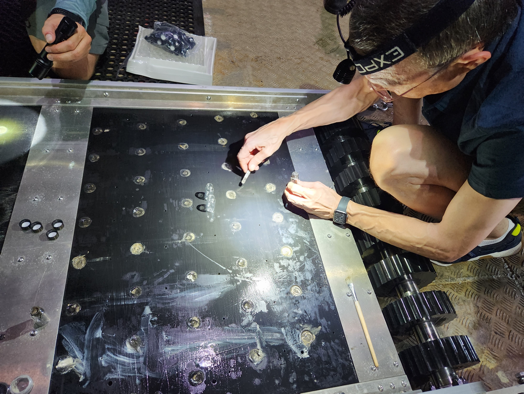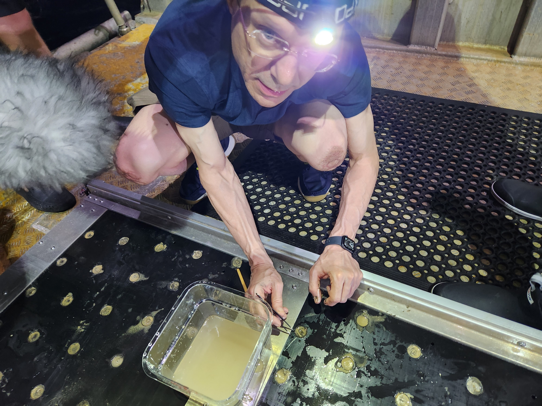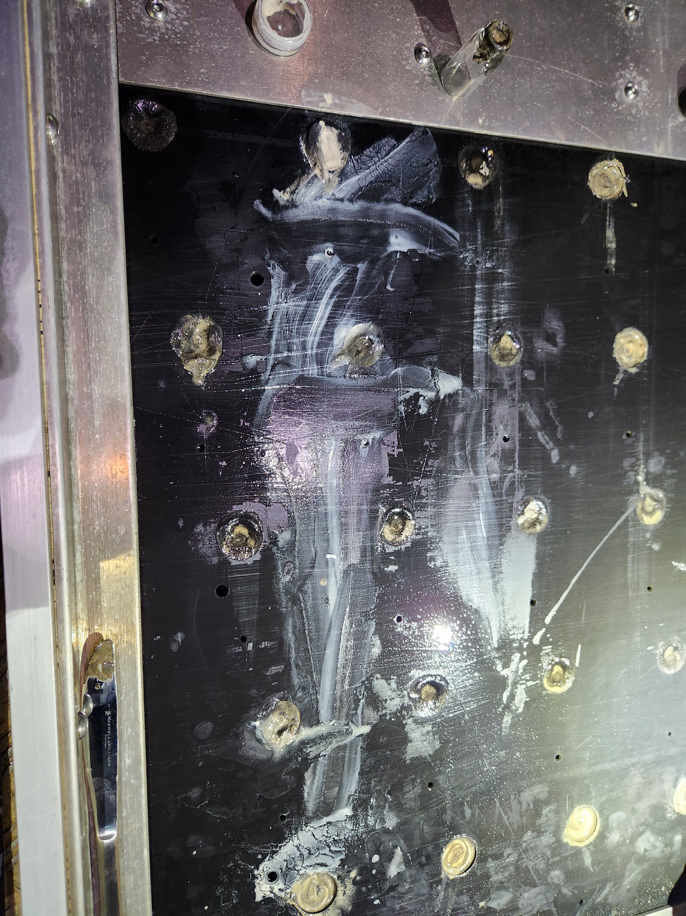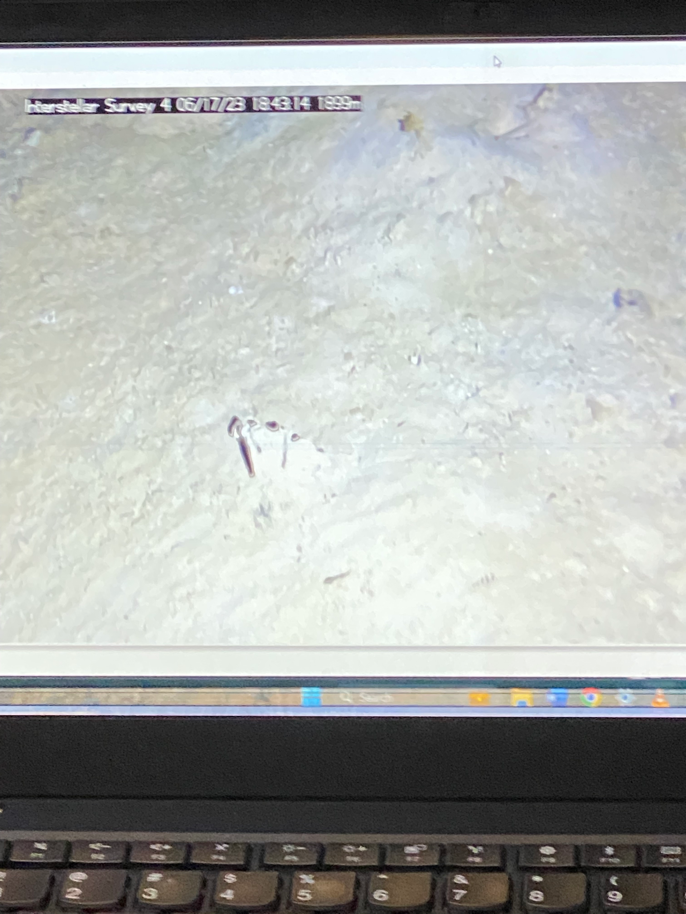Diary of an Interstellar Voyage: Part 11 (June 18, 2023)

Rob McCallum, the interstellar expedition coordinator, woke me up from the sofa at 10PM. “It is a good run. We are about to pull out the sled an hour earlier than originally planned.” When I showed up on the ship’s deck a few minutes later, Rob Millsap approached me and said: “I have a good feeling about this run. From the behavior of the winch cable, I could tell that the sled spent a few hours on the ocean floor.”
As we were waiting for the sled to be lifted out of the ocean by the winch cable, the periodic humming of Silver Star sounded like a drum roll. The navigation coordinator and “party chief,” Art Wright, showed me the path of Run 4 which went straight along the most likely path of the first recognized interstellar meteor, IM1. We were lucky that ocean currents were minimal during this run. I looked up at the stars overhead, thinking that IM1 could have originated from one of them. Recovering its debris is equivalent to picking up a package that was delivered to our front door. For the first time in history, we aim to recover a package that originated from an interstellar source.


As soon as the sled was placed on deck, it was clear that there is too much food on its magnetic table. All magnets on the light side of the sled were saturated with black particles, some thin filaments and fragments of broken debris but with no spherules as commonly found in meteor strewn fields. We went ahead to fill 15 vials and two water buckets with debris that will be studied thoroughly tomorrow.




Surprisingly, the front of the sled looked like a Jackson Pollock painting. It was covered with fresh white paint of unknown origin. The sled must have bumped into something on the ocean floor that painted it. I scooped the paint with my finger and filled a vial, so that Ryan Weed would examine its composition with the X-ray fluorescence analyzer. Rob McCallum said: “Based on the video footage, a big white ball hit the sled at some point along its path on the ocean floor.”

The video footage showed a consistent dragging of the sled on the ocean floor, as suspected by Rob Millsap. The cameras gave us an excellent view of the floor which is covered with debris. A sample video can be viewed by clicking here. We plan to review the entire footage thoroughly.

After viewing the video footage, I told Rob Millsap and Art Wright what I often tell the very best members of my research team at Harvard: “This work is officially graded as an A+. Keep doing what you are doing.” They immediately launched the sled back into the water.
For a video tour of Silver Star when Run 4 was just launched, click here.
Two hours later, most team members went to bed. Now, I can have my morning jog at sunrise on the deck as Silver Star pulls the sled along on the ocean floor in search for interstellar partners. Could the life of a scientist be more thrilling than that?
ABOUT THE AUTHOR

Avi Loeb is the head of the Galileo Project, founding director of Harvard University’s — Black Hole Initiative, director of the Institute for Theory and Computation at the Harvard-Smithsonian Center for Astrophysics, and the former chair of the astronomy department at Harvard University (2011–2020). He chairs the advisory board for the Breakthrough Starshot project, and is a former member of the President’s Council of Advisors on Science and Technology and a former chair of the Board on Physics and Astronomy of the National Academies. He is the bestselling author of “Extraterrestrial: The First Sign of Intelligent Life Beyond Earth” and a co-author of the textbook “Life in the Cosmos”, both published in 2021. His new book, titled “Interstellar”, is scheduled for publication in August 2023.
